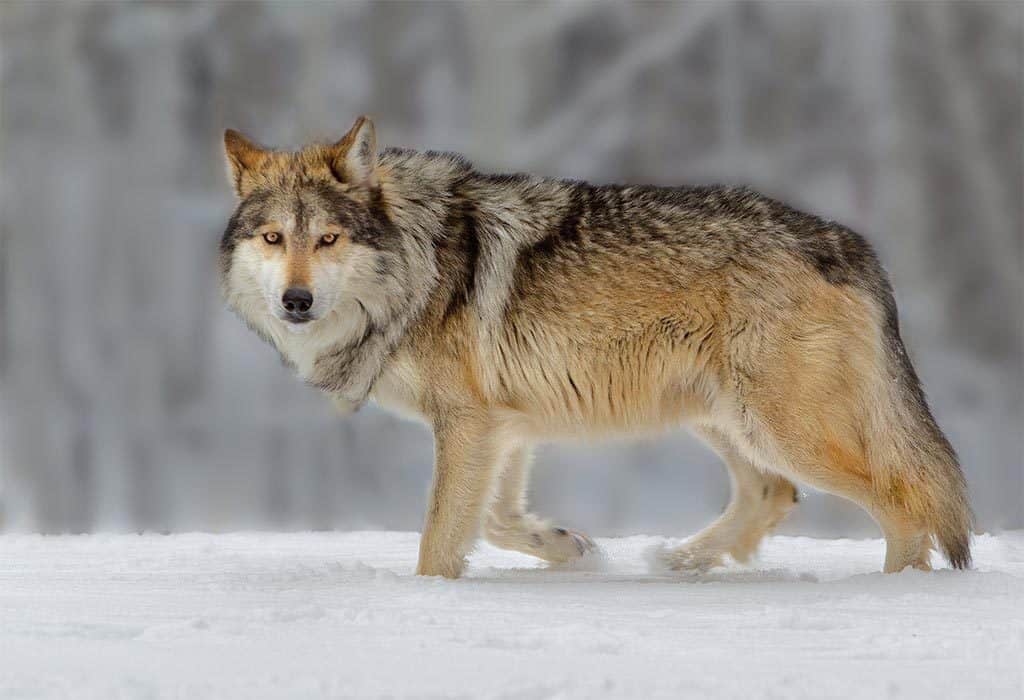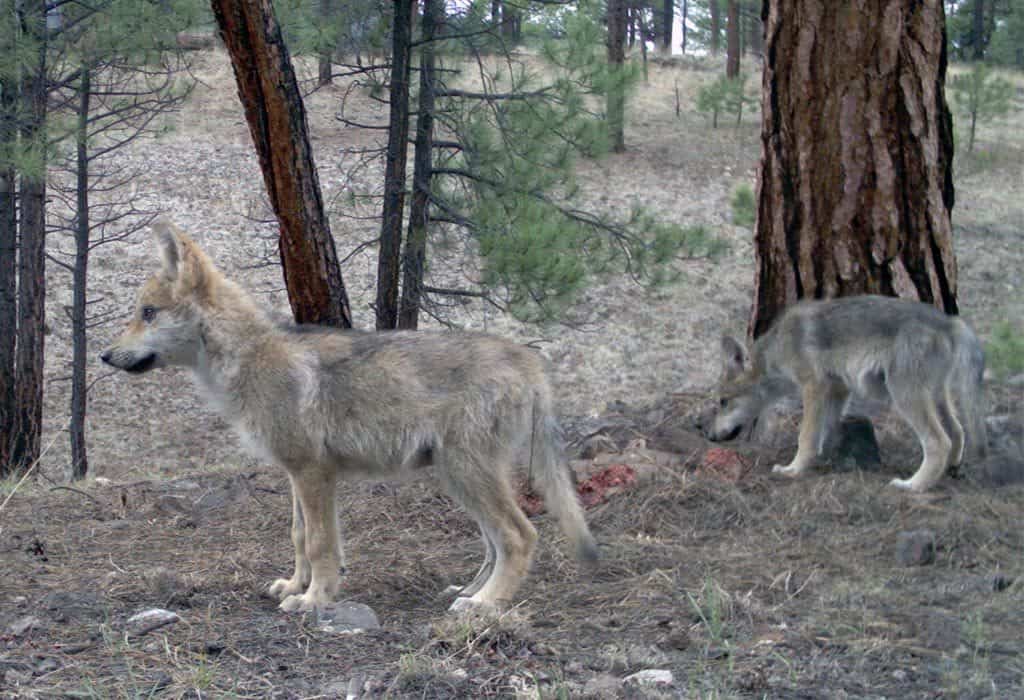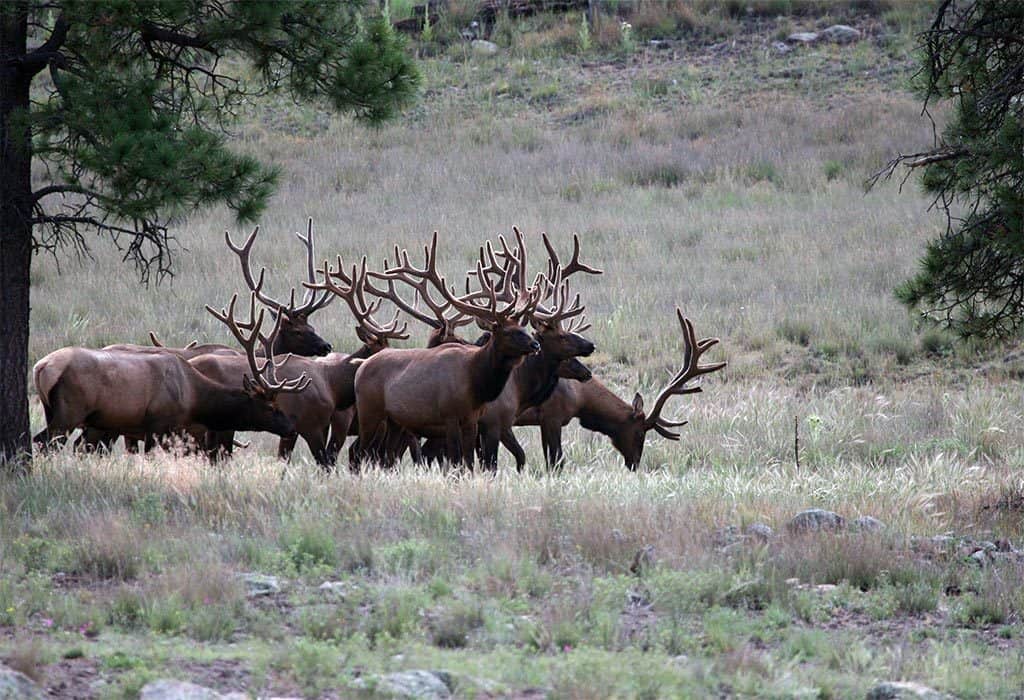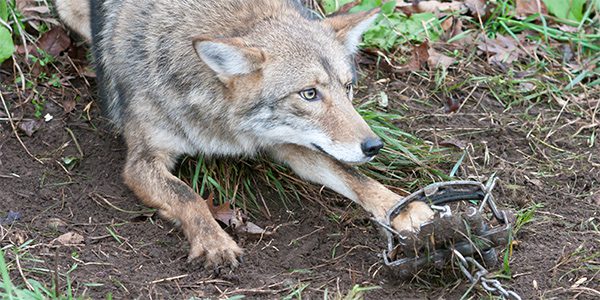Photo credit: Jim Clark, FWS
Mexican gray wolf (Canis lupus baileyi) | ESA status: endangered and experimental, non-essential
Mexican gray wolf
The Mexican wolf, also known as the lobo, is the smallest subspecies of gray wolf. It is uniquely adapted to the arid environments of the southwestern U.S. and northern Mexico, its historic range. Predator control programs nearly succeeded in eliminating the Mexican wolf from the landscape by 1970. The entire captive population is descended from only seven wolves, which were shuttled into a captive breeding program at the eleventh hour before the species went extinct in the wild.

Reintroducing the Mexican gray wolf
Reintroduction of the Mexican wolf began in 1998 in an attempt to restore balance to the wolves’ native arid ecosystem and recover the wolf. Unfortunately, trouble was not far behind. Many of the wolves released into the wild died, and the majority of deaths were human-caused. Far too many of the wolves descended from the seven were shot illegally by poachers or during authorized federal predator-control actions, or caught in cruel leg-hold traps. Some were hit by cars. Others died accidentally when they were recaptured for translocation or to be brought back to captivity, and some of those back in captivity were not re-released. Today the U.S. Fish and Wildlife Service is failing to release adult wolves from captivity, relying solely on cross-fostering of pups, which is not enough to recover the species.

Barely hanging on
The wild population of Mexican gray wolves is barely hanging on. The last count of wild wolves, released in March 2020, found just 186 wolves. These wild wolves need greater protections and more introductions of captive bred wolves to ensure a vibrant, secure wild population. The best available science says we need at least 750 wild Mexican wolves in the U.S. in at least three connected populations.

Without wolves, landscapes suffer
Without Mexican wolves, elk and deer are free to dawdle in valleys and by streams, eating their fill and degrading the ecosystem. Gray wolf reintroduction to Yellowstone resulted in flourishing streamside vegetation and increased biodiversity. If Mexican wolves are allowed to reclaim their rightful place in their native ecosystems, they will likely bring similar benefits.
Listen to a Recording of the Bluestem Pack of Mexican Gray Wolves
Provided by the Arizona Game and Fish Department
WildEarth Guardians’ work to protect and restore the Mexican gray wolf
The U.S. Fish and Wildlife Service is not doing enough to ensure Mexican wolves’ recovery. In 2018 Guardians won a court battle challenging the Service’s inadequate protections and the agency now was to revisit the wolves’ flawed “non-essential” status. We are working to permanently retire public lands grazing allotments in core Mexican wolf habitat in the Gila to reduce the potential for conflicts and give the wolves room to roam. And we are challenging the woefully inadequate Mexican wolf Recovery Plan.
Historical Significant Actions
Trump administration finalizes unscientific, politically-driven “recovery” plan; in January of 2018, Guardians and allies sue November 2017
U.S. Fish and Wildlife Service determines that the Mexican wolf is not warranted for listing as a DPS or subspecies October 2012
TrapFreeNM.org holds “People’s Forum on Public Lands Trapping” in Albuquerque, NM September 2011
WildEarth Guardians and partners meet with U.S. Forest Service officials in Albuquerque to discuss trap ban request September 2011
WildEarth Guardians submits a renewed request to ban traps on Mexican wolf habitat to Ken Salazar, Secretary of the Interior, Dr. Benjamin Tuggle, Regional Director for the U.S. Fish and Wildlife Service, Secretary of Agriculture Tom Vilsack, and Corbin Newman, the Regional Forester July 2011
WildEarth Guardians and partners form “TrapFreeNM.org” July 2011
The New Mexico Game Commission lifts Richardson’s trap ban in the range of the Mexican wolf July 2011
WildEarth Guardians files lawsuit to compel overdue listing determination for Mexican wolf October 2010
U.S. Fish and Wildlife Service issues positive preliminary finding on listing petition August 2010
New Mexico Governor Richardson restricts trapping in New Mexico July 2010
“The Greater Gila: America’s First Wilderness” (report) March 2009
Wildlife Press: Mexican gray wolf
Letter Urges Agencies to Keep Mexican Wolves in Grand Canyon Ecosystem
These incredible wolves should be allowed to be wild and free
Read more >